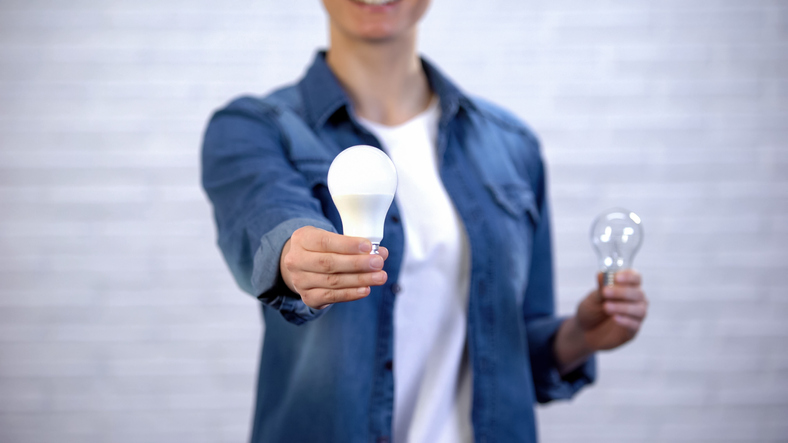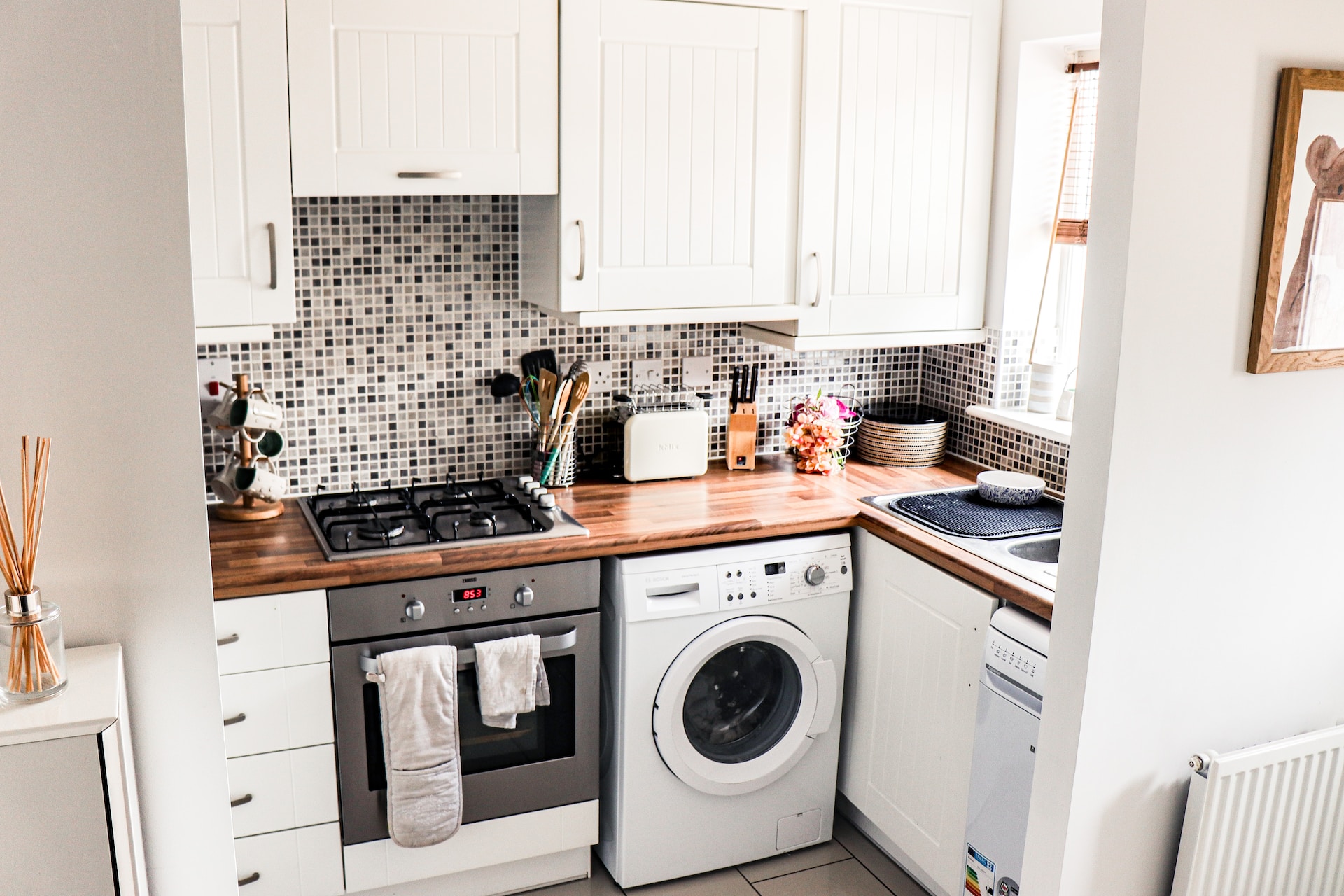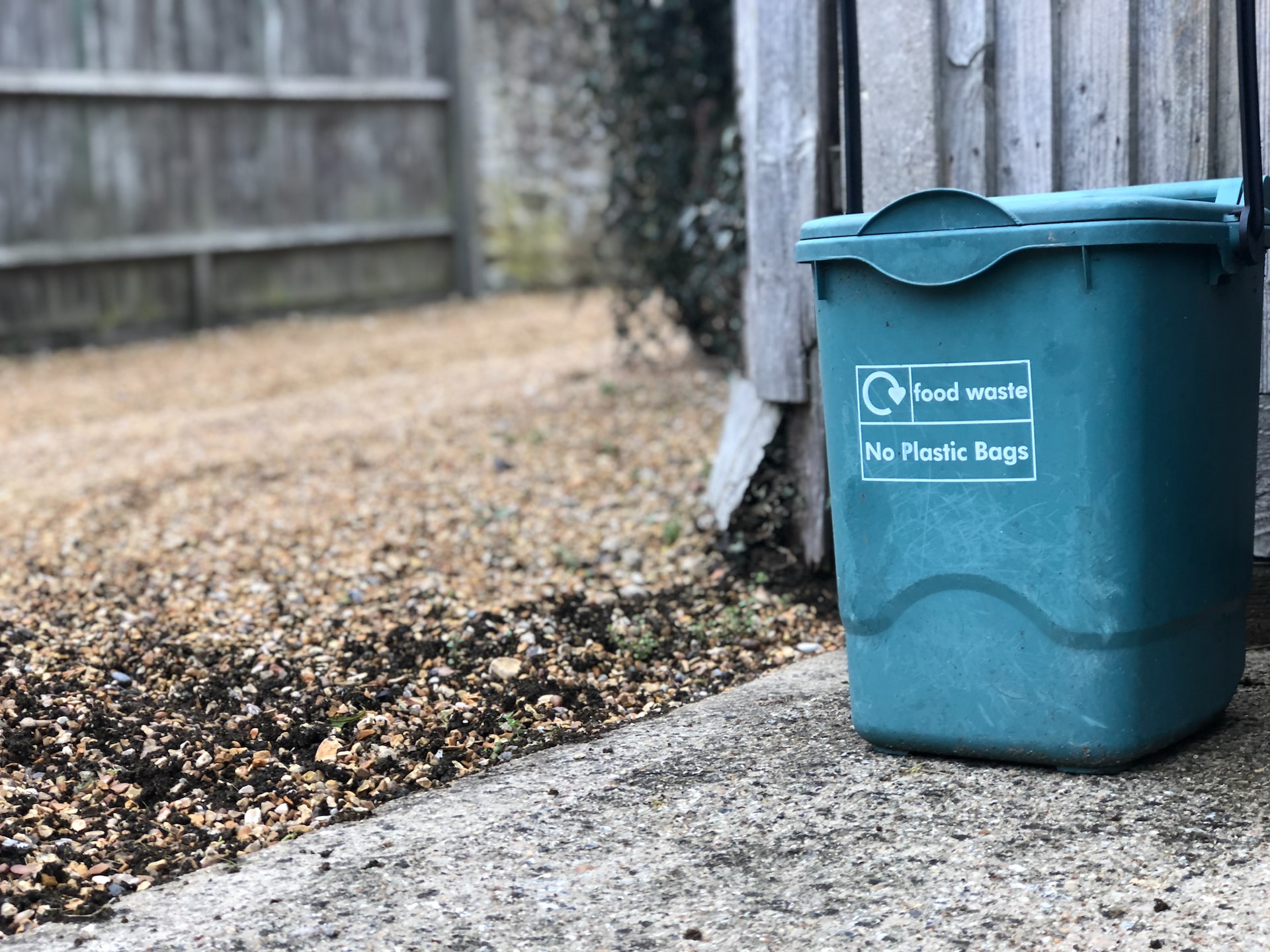Every home is like a living organism that needs certain things to thrive. You can think of a home like a person with the frame as the skeleton, and the electricity and water as the blood and fuel it needs to work correctly. Whether you’re the average homeowner or electrical professional, it’s essential to know how electricity works in a home. With a bit of knowledge and some energy-saving tips, you can ensure that your home is as efficient as possible and it will help you to save energy at home.
How Electricity Works
Your home uses a complex grid of cables and wires that are all connected to the main power source. From outlets to light fixtures and your garbage disposal, every component in your home relies on electricity to keep it running smoothly. The electricity is generated at a nearby power station that sends an electrical current through transformers. This current is at a very high voltage, which helps it travel long distances to reach your home.
Power lines stretch across the country to reach businesses and residences, where the power goes to a substation and converts it to a lower voltage. This lower-voltage power then goes to lines in your neighborhood and to a power pole near your house. The power pole has lines connecting to your home that pass through a meter to measure how much energy you use. This electricity goes into the electrical panel, breakers, and fuses where it travels through wires inside the walls of your home and to the electrical outlets.
Average Voltage of a Home
Today’s modern homes require more power than ever to run smoothly. With televisions, computers, appliances, and more, the average home requires around 220-240 volts to operate correctly. You should be able to get around 120 volts from each wall outlet in your home. The power is delivered at a higher voltage, then split to each line at a lower 120-volt level. Most homes have a voltage level that can fluctuate between over or under 5%, depending on what you’re using. To find out the voltage in your house, check your main power panel and look at the main breaker.
It should have a label with the amount of voltage stamped on the switch. Turn off the breaker and use a multimeter to measure the exact voltage. If the reading is between 210 and 250 volts, your home operates at the proper level, since fluctuations are normal. If the voltage appears to be too high, it could be one reason why your electrical bill is much higher than usual.
Thermodynamics
Thermodynamics involves the relationship between heat and other types of energy and how thermal energy is converted to other types of energy. For example, engines require the burning of fuel to operate. From gas and coal to oil, these fuel types use combustion to make engines work. The concept of thermodynamics was created to gain a better understanding of how heat-powered engine efficiency is limited. Heat is low-quality energy because it does not transfer easily. However, through a combination of heat and resistance, the process of thermodynamics can be quite efficient at running things like heat pumps and refrigerators.
Saving Electricity
When you save energy at home, you’re not only saving money – you’re also helping the environment. There are plenty of ways you can save electricity at home through just a few simple changes. These tips and hacks will make it easier for you to lower your electrical bills and help the environment through any season.
Saving Energy in Summer
- Keep your windows open at night when the temperatures are cooler and keep them closed during the day to keep cold air inside. Light blocking curtains can also keep sunlight out, which will lower the temperature in your home.
- Try to use your oven and stove less frequently and eat cold meals (think sandwiches and salads) to save energy and reduce your electrical consumption.
- Set your air conditioner to a reasonable level. The ideal setting is 78F when you’re at home, according to the US Department of Energy. When you’re not at home, turn your thermostat up by around eight to 10 degrees to save money and energy.
- Use a programmable thermostat to make it easier to monitor the temperature in your home and make changes automatically.
- If you have ceiling fans, leave them whenever you are in the room and turn the blades in a counterclockwise motion to keep you cooler. Turn all ceiling fans off when you’re not home.
Saving Energy in Winter
- Open your curtains during the day to let sunlight inside, which can naturally raise the temperature of your home. Use insulating curtains and close them at night to keep the warm air from escaping.
- Check seals and weatherstripping around windows and doors and look for gaps, then re-seal as needed to prevent drafts.
- If you have a fireplace, you can use this to help heat your home. Wood-burning fireplaces can heat an entire average-size home, which will help you keep your thermostat to a lower setting to help you save on your monthly bill.
- Perform regular house maintenance and check on your home’s heating system. Change the air filter every month to keep it running smoothly. Have the system inspected at least once a year to ensure it’s working correctly.
- Layer blankets at night to stay warm while you sleep and turn your thermostat down, so the furnace isn’t running all night.
- If possible change your windows for a set of energy-efficient windows.
General Recommendations
- Turn off lights in the rooms you aren’t using. It would help if you also disconnected devices you’re not using like TVs, computers, and small kitchen appliances. These little changes can add up and make a massive difference in your energy consumption and your bill.
- Switch your old fluorescent lights to LED lights to save. Look for Energy Star certified bulbs which use 90% less energy than standard bulbs and last at least 15 times longer for even more ways to save.
- Check your appliances and replace old, outdated appliances with more eco-friendly options. You can find energy-saving washing machines, refrigerators, dryers, and more that can reduce your consumption and help with saving energy throughout the year.
- Your water heater may also be using too much electricity. Check the temperature and turn it down by a few degrees so that you’re still getting hot water but using less energy to do so. A low-flow showerhead and faucet aerators can also help to reduce the amount of energy your water heater needs to operate correctly.
- For a more modern solution to saving energy, consider upgrading to smart WiFi light switches, which offer enhanced control and efficiency.
Which Devices or Actions Waste More Energy Around Your Home?
Thankfully, there are some things you can do that will help you save energy quickly and easily. Consider upgrading your current thermostat to a programmable one that makes it easier to monitor and change the temperature in your home. Smart thermostats can help you save anywhere from 10 to 15% on your heating and cooling bills, which adds up to over $100 per year. Upgrade your refrigerator to a magnetic refrigerator that uses magnets to replace vapor compression. The magnets create heat in metal that cools off and refrigerates your food for savings of around 30 to 40% on average. Another culprit that can cause energy bills to skyrocket is clothes dryers. Heat pump dryers are a much more energy-efficient alternative that can reduce your energy bills significantly.
When it comes to saving electricity and energy around your home, proper maintenance is vital. If you notice that your power bill has skyrocketed, you may want to consult with a professional electrician. It’s always best to call in an expert if you’re concerned. You can also contact your utility company and ask them to perform an energy audit. Many utility companies offer this service free of charge, and they’ll provide you with advice on ways you can save and make your home operate more efficiently.
You can also consider a home energy monitoring system. Being conscious of your energy usage and performing regular maintenance can do wonders for your bill and wallet. Maintenance is the key to ensuring that everything is working as it should and that you’re preventing any potential problems in the future.
With regular maintenance and a few simple changes, it’s easy to save money on your energy bill and help the environment. Pay attention to your home’s temperature and take steps to make it more efficient by installing a smart thermostat and keeping the temperature at a reasonable level. Consider changing devices like your refrigerator and dryer to something more energy-efficient and install LED bulbs for lower energy consumption. With a few simple tips and changes, you can enjoy a more energy-efficient home for years to come.




